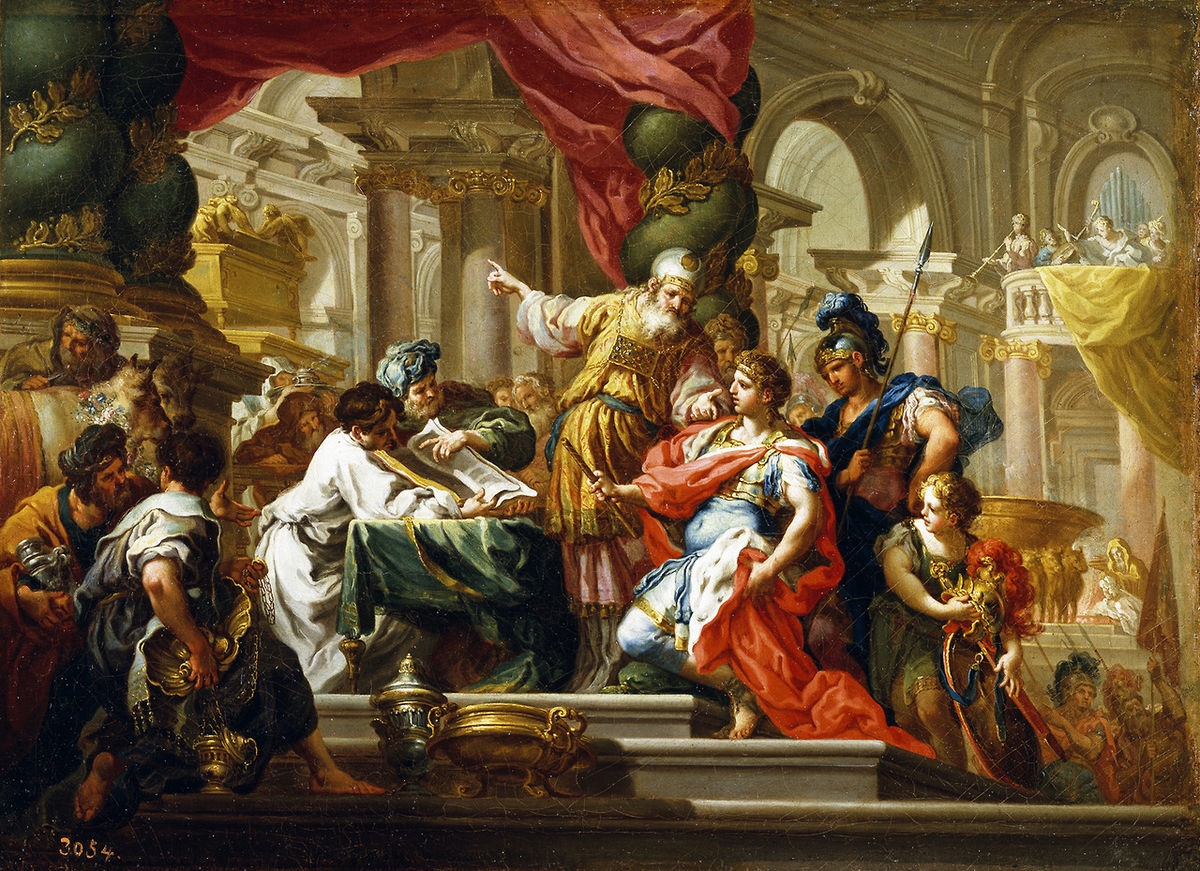
Alexander the Great died in 323 BC, in Babylon, and the tomb was directed to return to his birthplace, the kingdom of Macedonia in Greece. However, it is said that Ptolemy I Soter, one of Alexander’s four main generals, intercepted the tomb and placed in Alexandria.
Since then, there have been many theories as to if it moved. Archeologists have searched but not yet found the tomb of Alexander and the direction begins to shift back to Vergina, Greece.
Alexander the Great’s tomb already discovered in Greece, Renowned Historian Claims
The location of Alexander the Great’s tomb was and is one of the most sought-after archaeological questions that have developed into various theories. Most historians argue primarily only using textual evidence, and archaeologists mostly anthropological clues. Thus, many theories have emerged.
World-renowned University of Sorbonne historian Helen Glykatzi-Ahrweiler, in a recent interview, argued that the tomb of Alexander the Great is most likely in Vergina, Greece.
Ahrweiler argues the tomb excavated by Manolis Andronikos and identified with Phillip II of Macedon is in fact, Alexander’s. This diverts from the popular opinion of the tomb being in Alexandria.
Alexander, the Satyr and Dionysus
In King Phillip’s tomb, a hunting depiction is found on the pediment (Greek:Αέτωμα), with Alexander the Great in the middle. However, there are two more interesting details found in the Phillip II’s alleged tomb. In the deathbed, the images of a Satyr, a male deity, and Greek god Dionysus are found.
For the connection to the Satyr, Ahrweiler relates the story conquering of Phoenician capital Tyre. of Alexander. During his extensive campaigns, Alexander encountered formidable resistance when he arrived in Tyre (Tyros in Greek). In a moment of doubt, Alexander, according to legend, dreamed of a satyr (Satyros in Greek). As an Aristotelian, he saw this as an omen – a play on words in ancient Greek where “Sa-Tyros” sounded like “Tyros is yours.” This encouraged Alexander to stay and successfully capture Tyre.
In the context of Alexander’s life, the significance of Greek god Dionysus and satyr imagery is profound. Dionysus was not only a wine deity, but also a symbol of the divide between civilization and the wild, embodying the spirit of conquest and change. The satyr, who was frequently associated with Dionysus, represented unbridled nature and freedom. These images on the tomb may represent Alexander’s dual nature as a civilizer and a conqueror, as a man who straddled the known and unknown worlds.
Therefore, according to Ahrweiler, the two images of a Satyr and Dionysus discovered in the Macedonian tomb are more related to Alexander’s story than to King Philip’s.

Alexander and Athens
When Alexander, having conquered much of the known world, sought deification, the story takes an intriguing turn. He demanded that the Greeks acknowledge him as a god. The Spartans agreed without hesitation, but the Athenians debated this proposal. Demades, an Alexander friend and prominent Athenian orator proposed making Alexander the 13th Olympian deity. Outraged, the Athenians fined Demades. His response, “He who grasps the heavens loses the earth,” alluded to the dangers of overachievement.
Fearing Alexander’s wrath, the Athenians eventually caved, agreeing to worship him as Dionysus. The famous cynic philosopher Diogenes remarked sarcastically, “If you make him Dionysus, make me Serapis,” another deity known for syncretic qualities, combining aspects of Greek and Eastern divinities.

Glykatzi-Ahrweiler’s Elaborate Research about Alexander the Great’s tomb
This is not the first time Ahrweiler discusses the location of Alexander’s tomb. In her work “Alexander the Great of the Byzantines”, Ahrweiler seeks to answer the riddle of Alexander’s tomb.
She notes that the findings of American anthropologists who discovered a skeleton near the tomb with a leg injury similar to that sustained by Philip II give credibility to her theory.
Furthermore, this skeleton did not fit the armor discovered in the tomb, which closely resembled the armor worn by Alexander at the Battle of Gaugamela, as depicted in the famous Pompeii mosaic.
Even more surprisingly, traces of a mineral known as “chrysocolla” were discovered on the skeleton, a substance used in Egyptian mummification, complicating the mystery even further.
Glykatzi-Ahrweiler also mentions Lucian’s writings in her book, which speculate on Alexander’s desire to see the stories written about him after his death and the intense power struggles among his successors. This historical context emphasizes the period’s uncertainty and the possibility that the location of Alexander’s tomb is still unknown.

The mystery surrounding Alexander the Great’s final resting place remains unsolved, with Helen Glykatzi-Ahrweiler’s theory points to Greece as a possible location. Her research, combines anthropological findings and historical analysis, adding a new element to this age-old quest.
Despite compelling arguments, the exact location of Alexander’s tomb has not been determined by historians or archaeologists, leaving room for further investigation and discovery in this fascinating chapter of history.
See all the latest news from Greece and the world at Greekreporter.com. Contact our newsroom to report an update or send your story, photos and videos. Follow GR on Google News and subscribe here to our daily email!



